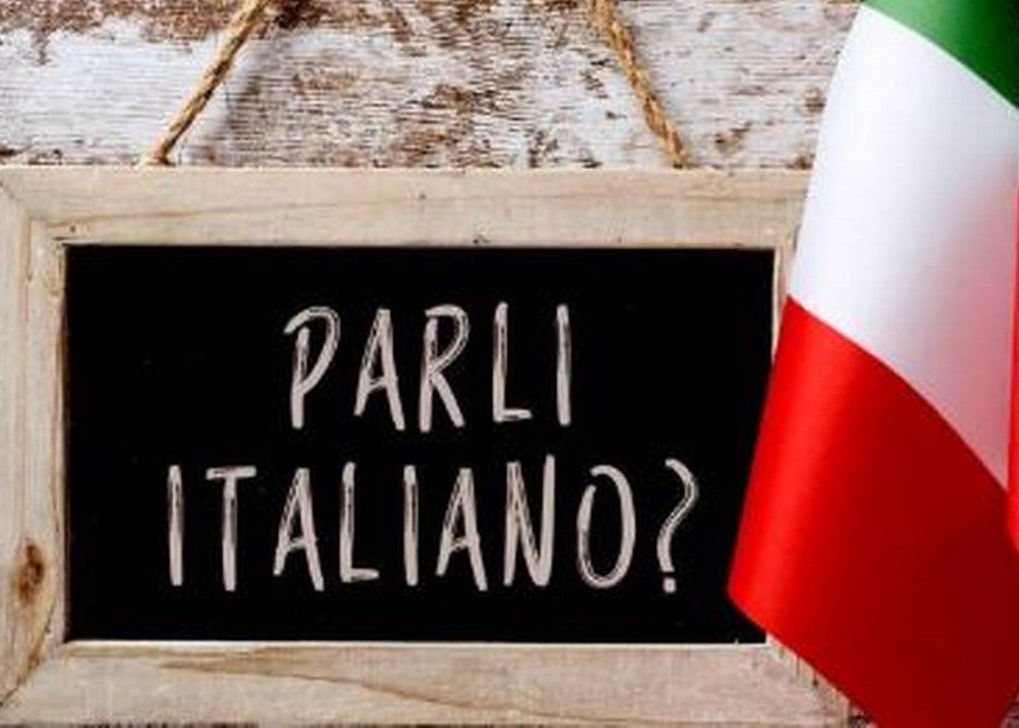
 Giulia Casati for Italian School NJ
Giulia Casati for Italian School NJ
Italian language: Ne – Yeah, “about that…”
- WTI Magazine #128 Jun 20, 2020
-

 Giulia Casati for Italian School NJ
Giulia Casati for Italian School NJ
It’s time to talk grammar again. This time I would like to tackle a topic that seems pretty hard to grasp if you are learning Italian, but it comes natural to Italian speakers, even though the majority of us would not know how to explain it. “What is it?”, you ask. It’s Ne.
I must say that this topic is pretty advanced, so if you’re a beginner, don’t worry, it’s normal if you don’t fully understand how to use it. But I still suggest you read the article, because you will be more acquainted with this subject when you finally encounter it in the wild, and it will be easier to feel comfortable using it.
Let’s begin. You can use ne when it can be translated as “of that.” In fact, ne is a pronoun that stands instead in fpr “of/about this,” “of/about that,” “of/about a person.” Let’s look at an example. If I say: “These shoes are so comfy! I bought three pairs of them.” In Italian instead of “of them/of that,” you would need to use ne: Queste scarpe sono comodissime! Ne ho comprate tre paia. Let’s look at more examples. “Do you know that doctor?” “I don’t, but people say good things about her” in Italian would be: “Conosci quella dottoressa?” “No, non la conosco, ma ne parlano bene.” In this case ne stands for “about her.” But the thing or person ne refers to might be visual and not said. Imagine someone taking out candies out of their pocket, they take one for themselves and then look at you and say: Ne vuoi una? – Do you want one (of them)?
The fact is that you can use ne when you can answer the Italian questions di chi? di che cosa? da chi? da che cosa?, but instead of repeating the object again, you can avoid being redundant by using ne. For example, if we look back at the previous sentences, I could have said Queste scarpe sono comodissime! Ho comprato tre paia di queste scarpe. As you can see, queste scarpe is preceeded by the preposition di. This means that to add the object I need to ask myself the question di che cosa? and therefore I can substitute di queste scarpe with ne at the beginning of the sentence. The verb avere paura works exactly the same way because it is followed by the preposition di: avere paura di qualcosa or avere paura di qualcuno. So if you are asked: Hai paura dei ragni? You can answer: Sì, ne ho paura. Let’s look at some common expressions that are followed by the preposition di: essere felice di – be happy about, esserci bisogno di – be in need of, pensare di – think of. Then, there are some verbs that require da, such as essere affasciata da – to be fascinated by, essere terrorizzata da – to be terrified of, and even those can be used with ne. Amo i film, ne sono proprio affascinata, literally translates to “I love movies, I am fascinated by them.” Or “Hai paura dell’altezza?” “Sì, ne sono terrorizzata” – “Are you afraid of heights?” “Yes, I’m terrified of them.”
You can even use ne to substitute an entire sentence, if you can summarize the sentence with one of the previous questions. What do I mean? Well, if I ask you: Would you like to go to the beach tomorrow if it’s sunny out? I can simply ask you: How do you feel about it? About it stands for “the fact that I would like to go to the beach tomorrow if it’s sunny out.” That “about it/that” stands for a full sentence and concept. The same way you can translate that sentence to: Vuoi andare in spiaggia domani se c’è bel tempo? Cosa ne dici? The verb dire can be followed by the preposition di, so in this case you would be asking Cosa dici di…? – How do you feel about…? In the same way, you could have asked: Cosa ne pensi? The logic behind it is the same: What do you think about it/that?
But there are also verbs that simply come with the ne. Verbs that have the ne built in, so you just simply have to add it in in your sentence without thinking too much, it is used to reinforce the concept. Here are some common ones: andarsene – to leave; approfittarsene – to take advantage of; restarsene – to stay in a place or remain in a certain condition; tornarsene – to go back.
As you noticed, ne usually required to be placed before the verb, but when using the passato prossimo (such as ero andato, avete mangiato) you need to be careful. In fact, you need to know whether the ne refers to “of it/that,” “about it/that” or to “of them,” “about them.” If ne refers to “of it/that,” “about it/that” the past participle (mangiato, fatto, scritto) will have to be masculine and singular, like in non ne ho parlato con nessuno – I didn’t speak about it with anyone. But if ne refers to “of them” or “about them” then you need to match the “them” with the past participle. For example: I bought pastries for my birthday. I ate too many (of them). Ho comprato i pasticcini per il mio compleanno. Ne ho mangiati troppi. In this case, you will need to say mangiati since the “them” refers to i pasticcini which is masculine and plural. If you have to use an infinitive verb, ne goes at the end of the verb, as if you were adding an “n” right before the finale “e”: comprarne – buy of them; averne – have of them, and so on
I could keep going with the examples, but I think that it is time for you to give it a try. Only practice and experience will make you use ne without even realizing you are using it. And, as usual, do not be afraid to try! But above all do not be afraid of making mistakes (non averne paura!), because you might feel embarrassed in that moment, but it is the best way to learn, and you’ll be laughing about it (riderne) later on.